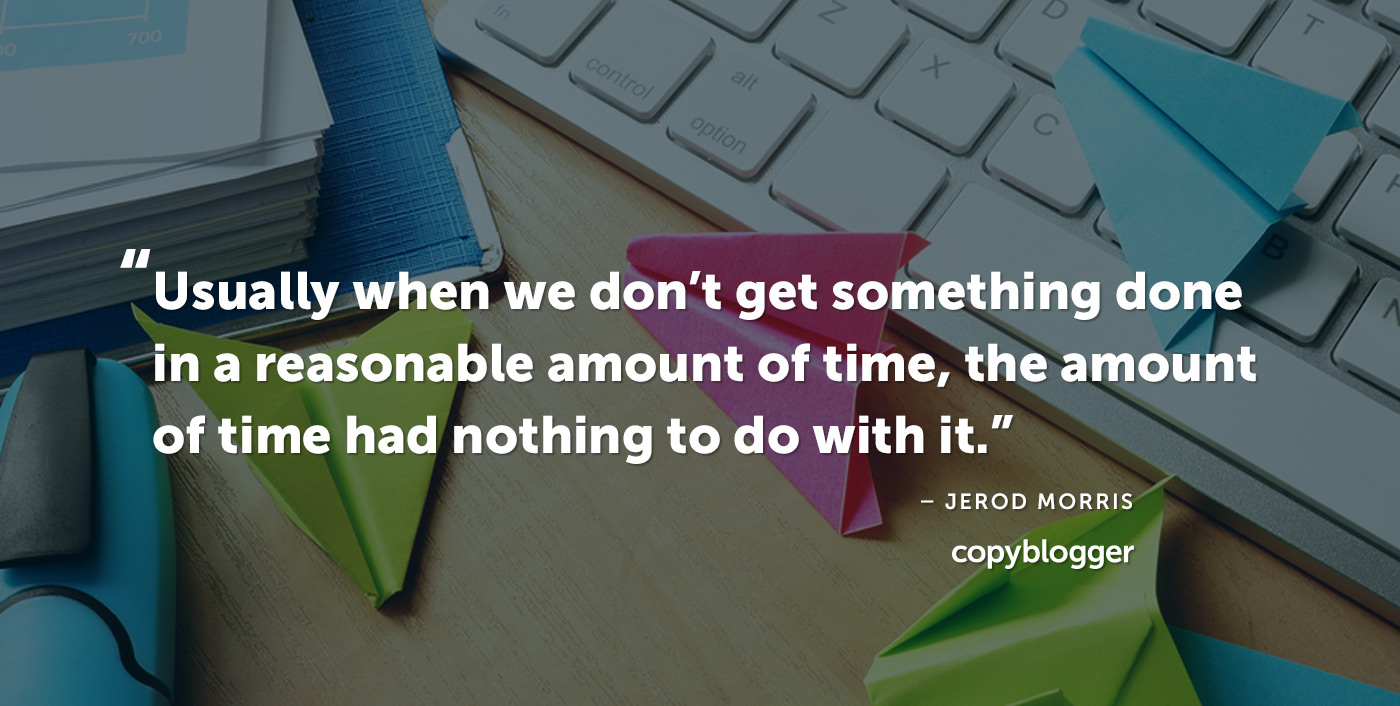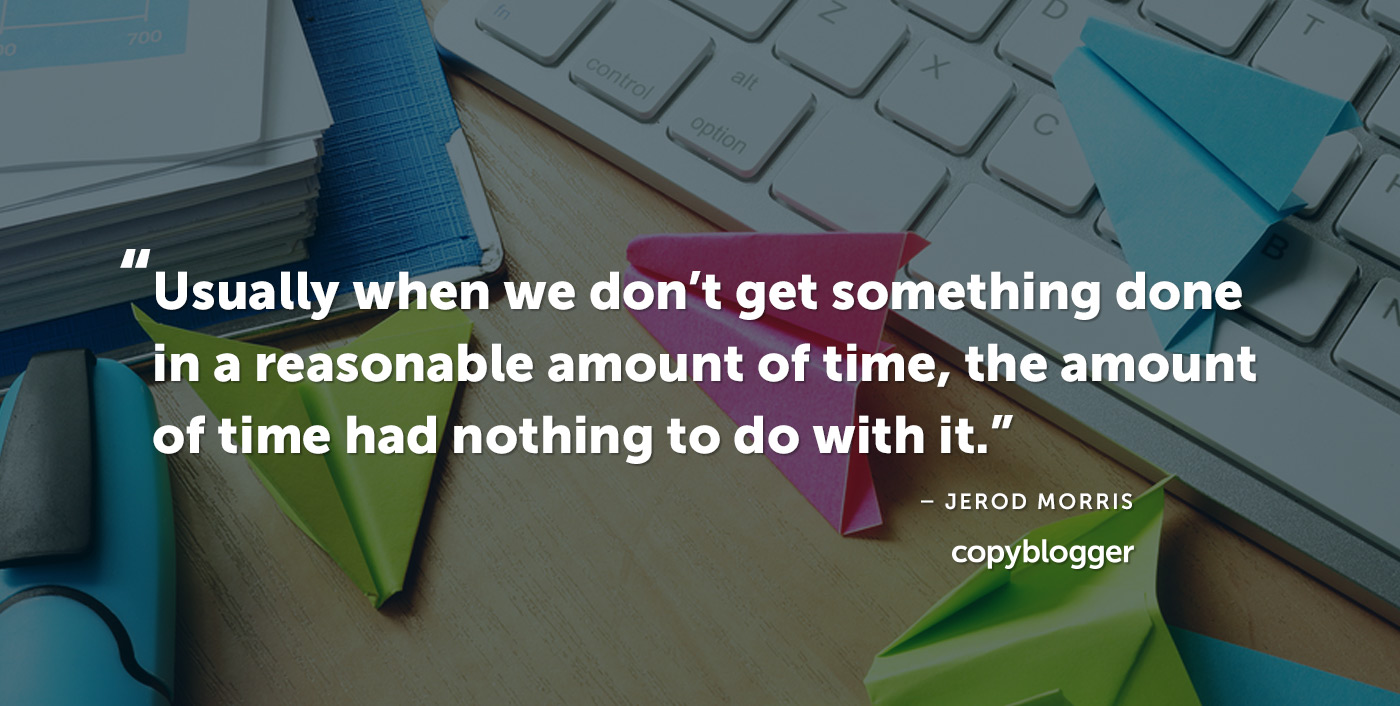Fortunately, there is one easy way to lessen the hold your smartphone has over you: Remove the colors. It means less zombie-like phone use, and more of something important. But then once you find an article that you want to settle in and spend some time with, you just hit the Mercury button and you’re able to focus on nothing but the content. Step #3: Have a non-tech sanctuary to explore and record your ideas It’s not just important to remove distractions while reading; you also want to be intentional about giving yourself distraction-free space to think and engage with your ideas. But to access and engage with my ideas, I have to be on a device — and that means distractions are but a click away. Full disclosure: I’m working with Sean on his launch of the THINKERS Notebook. I’ve long struggled with giving myself permission to step away from the screen and just engage my thoughts and ideas. Of course, that is short-sighted and self-defeating thinking. Step #4: Match your physical space to your desired mental state Everything we’ve discussed so far — lessening the pull of your phone, making online articles less distracting, and having a physical, offline repository for your ideas — will help you relax your mind, protect your attention, and engage in more productive thinking. Where do you do your best creative thinking?

“I didn’t have enough time.”
More and more, when I hear this common explanation for why something didn’t get done, my BS detectors start going off.
This is the case, in part, because I know that it’s sometimes BS when I say it myself.
But let’s be real here: Usually when we don’t get something done in a reasonable amount of time, the amount of time had nothing to do with it.
Instead, the issue was more likely the direction of our attention during that window of time — too much attention given to distractions and diversions, and not enough focused intently on the task at hand.
Look, I get it.
The world is conspiring to steal our attention in pretty much any direction we turn, and with ever-increasing sophistication.
But you and me, we’re just humans … with our hackable brain software running on top of hardware that evolved in a much different time and place. We’re easy marks.
Still, even such reasonable explanations for why we are so easily distracted won’t actually help us avoid the next distraction. Only being proactive and intentional will do that.
So, here are five steps you can take today — as soon as you’re done reading this blog post, if you’re so inclined — that will help you protect your attention and, in turn, give you a chance to become a more productive thinker.
Let’s start with the easiest one.
Seriously, it just takes a few taps of your thumb …
Step #1: Turn your phone’s screen display to grayscale
The most pervasive and powerful distractions come from our phones.
Heck, as Sean Jackson explained in episode three of the THINKERS Manifesto podcast our phones are distracting us even when we’re not looking at them.
They exert a gravitational pull on our attention just by … existing.
And while quaint notions about going back to the halcyon days of flip phones that only call and text might offer comfort in a regretful moment, we all know the cat is out of the bag on this one.
If you want to be reasonably engaged in modern society, you need a smartphone — with all of its conveniences and distractions.
Fortunately, there is one easy way to lessen the hold your smartphone has over you: Remove the colors.
Tristan Harris spent three years as a Design Ethicist at Google.
His website states that he has “spent a decade understanding the invisible influences that hijack human thinking and action.”
In short, he’s one of the leading authorities in the world on how to combat phone addiction — which is real, and might sap more total attention and thinking capacity than any force on earth.
And as he said at the 2018 Milken Institute Global Conference:
“Looking at even just the colors of your screen activates a banana-like rewards [system] for chimpanzees. If you just turn that off, it makes a big difference.”
It might not seem like it would have much of an effect, but I can tell you from first-hand experience that it does.
Opening my phone is now a less visually titillating and arresting experience. And that’s good.
It means I yearn less for the next “hit” because the reward centers in my brain aren’t firing in all directions.
It means less zombie-like phone use, and more of something important. Something that we think we have, but oftentimes don’t:
Thomas Z. Ramsøy is the chief executive officer of Neurons, a company that uses brain scans and eye-tracking technology to study technology.
According to Ramsøy, going grayscale reintroduces choice. It allows us to be more contemplative and rational than reactive.
And fortunately, it’s not terribly difficult to do.
Here are the steps for doing it on iOS 10.
On Android devices, you will typically find the grayscale settings under Accessibility.
An easy step that goes a long way. But it’s a step meant to reduce overall usage of your device.
What can you do to actually help you avoid distractions while consuming content online?
I’ve got just the suggestion …
Step #2: Read online articles (including this one) with the distractions removed
You have more control over the way you experience the internet than you think.
It’s so easy to lament the banner ads and auto-play videos and jam-packed sidebars that scream loudly for our attention, even as we try to settle in and focus on, you know, reading the article that brought us to the screaming website in the first place!
And hey — it’s hard to focus on reading when the page is actively trying to divert your attention someplace else.
But it’s time to stop complaining about it. And it’s time to stop wasting time thinking you’re reading when you’re really just staring at words on a screen that you won’t end up remembering anyway because of all the distractions.
Remove the distractions altogether.
One way to do this is with an ad blocker. I use one myself. But I also understand that some people don’t feel good about ad blockers because they diminish the revenue of independent site owners who rely on display ads as a major piece of their business model.
If that’s you, and…

COMMENTS